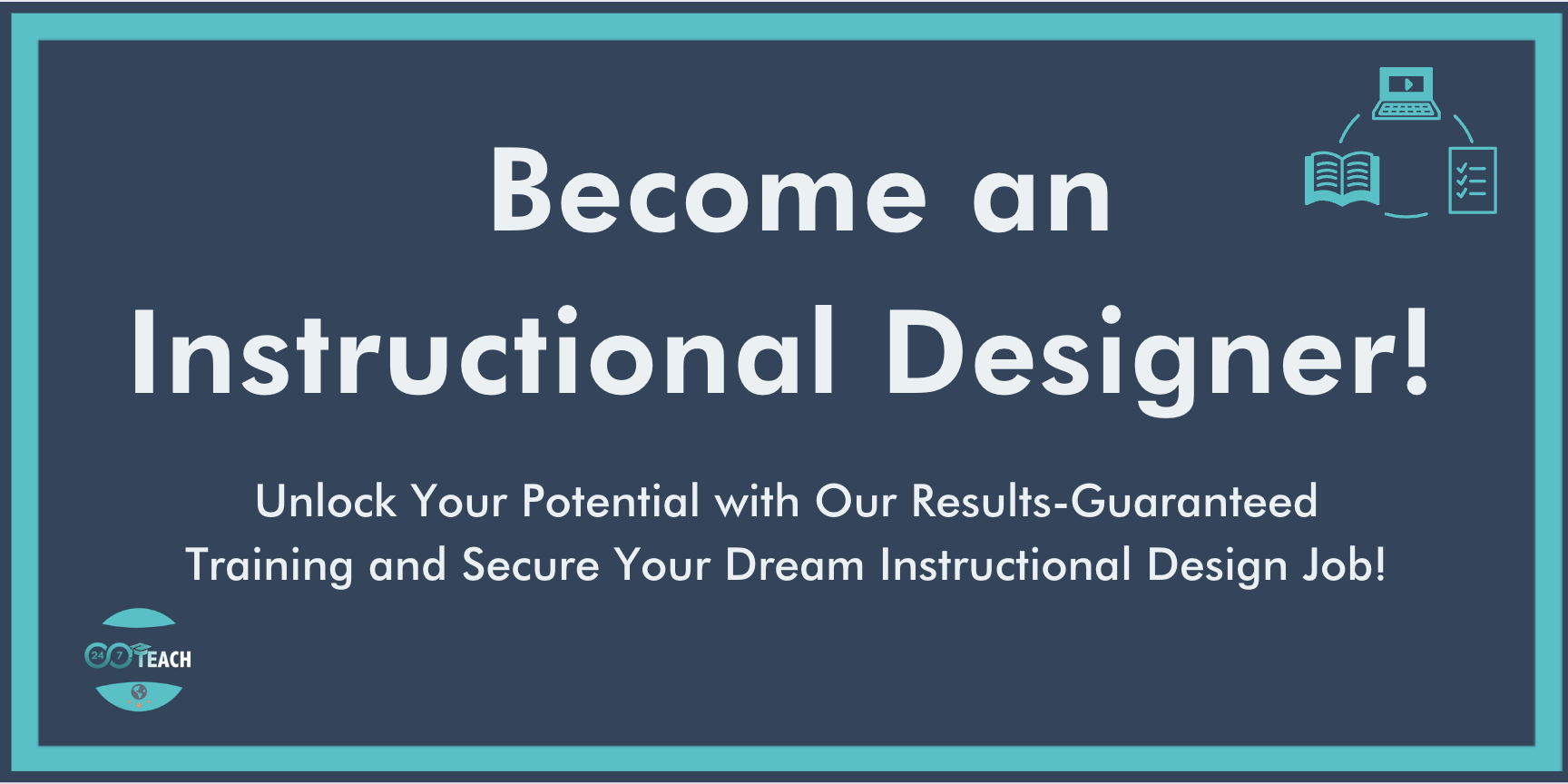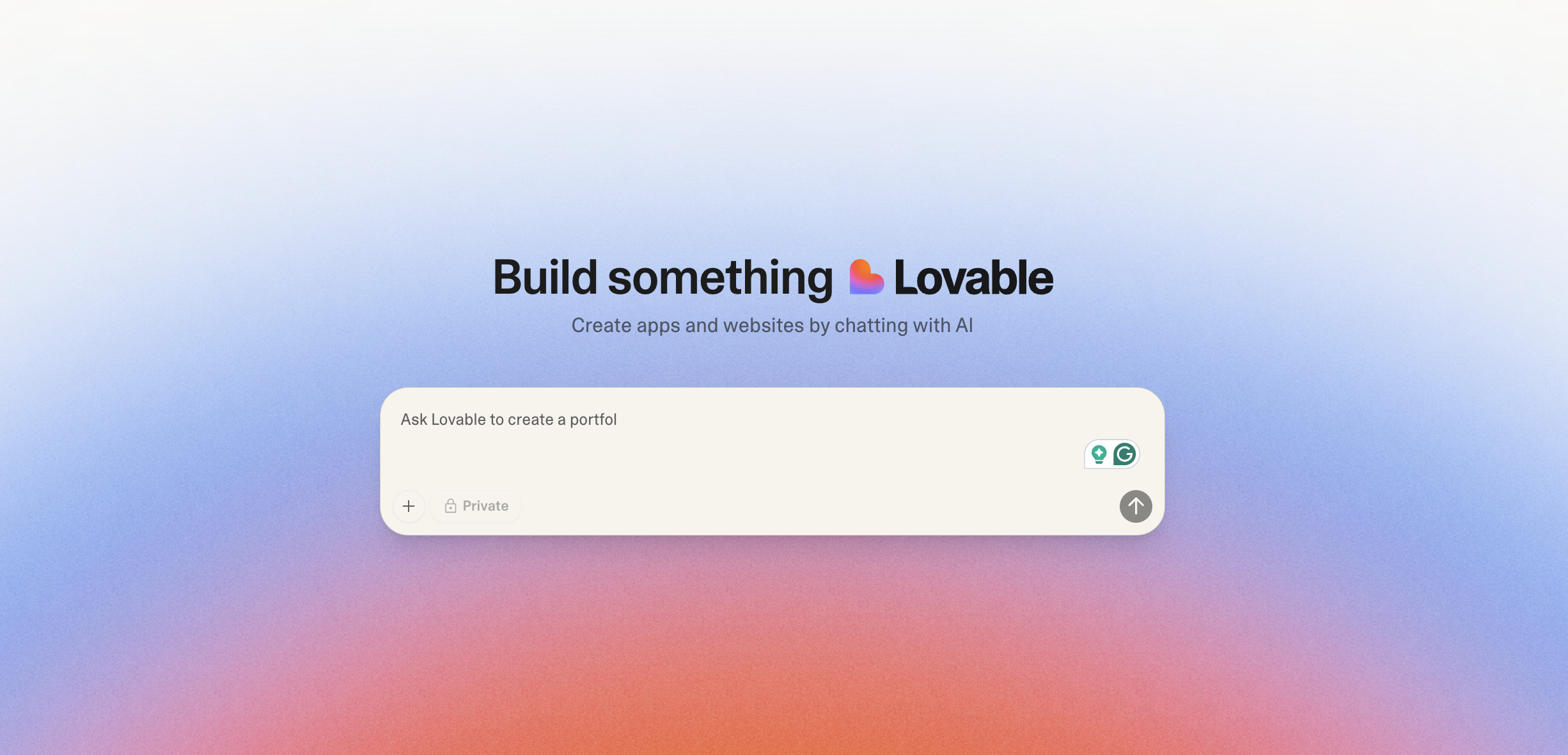How to Be a Great Instructional Designer Who Gets Hired Every Time
By Justice Jones
24/7 Teach - CEO and Lead Instructional Designer
Prefer to listen to this post? Click below.
How to Be a Great Instructional Designer:
The field of instructional design is ever-evolving, catering to varied learner needs while embracing technological innovations. Being great at instructional design is not a single-skill job; it's an amalgamation of diverse competencies from technical prowess to soft skills and a deep understanding of learning theory. In today's competitive market, how can you be the kind of instructional designer in constant demand? Here's a deep dive into the critical skills and attitudes that will make you not just employable but virtually irreplaceable.
Technical Skills: Mastering the Tools of the Trade
Today's instructional designers need a solid grasp of multiple authoring tools and platforms such as the Articulate Suite, Adobe Creative Cloud, Camtasia, and various Learning Management Systems (LMS). It's not just about knowing how to use them but understanding which one is best suited for specific learning experiences and project objectives. For example, an Articulate Storyline might be ideal for creating interactive eLearning modules, while Adobe's suite might be better for high-end visual content.
Moreover, it's essential to keep up with emerging technologies like Artificial Intelligence, which is becoming a game-changer in personalized learning. The key here is not just to be a passive consumer of these technologies but a lifelong learner, continually updating your skill set to stay ahead of industry trends.
Learning Theory: The Backbone of Instructional Design
As an instructional designer, your primary role is to facilitate learning. Understanding instructional design models like ADDIE, SAM, Action Mapping, Gagne's Nine Events of Instruction, and the Dick and Carey Model helps structure effective learning experiences. You should know when to use which model based on your project's and learners' specific needs.
Assessment Design and Performance Objectives
Understanding how to develop various types of assessments is crucial. Assessments should measure whether learners can apply what they've learned in real-world situations, whether you're designing multiple-choice questions or performance-based tasks.
Creating Differentiation
Your design should accommodate diverse learning styles and abilities. This means incorporating various instructional methods and materials that allow for different learning paths, particularly when teaching intricate processes and procedures.
Soft Skills: The Glue that Holds Everything Together
Relationship Building and Team Collaboration
One of the most overlooked aspects of being an effective instructional designer is the ability to build relationships. Your ability to collaborate effectively is crucial whether it's with Subject Matter Experts (SMEs), project managers, or learners.
Communication Skills
You will need to communicate complex ideas, whether explaining the importance of a learning objective to an SME or discussing project timelines with a manager. Your success will hinge on your ability to design instruction and communicate your design rationale convincingly.
Decision-Making and Negotiation Skills
Sometimes, you'll find yourself at a crossroads, and making the right choice can be difficult. Whether deciding the best instructional strategy or negotiating the scope of a project, your ability to make and communicate decisions will be key.
Conflict Resolution
Inevitably, you will face disagreements in viewpoints, particularly with SMEs or stakeholders who have strong opinions. Knowing how to resolve conflicts respectfully and efficiently is an invaluable skill.
Demonstrating Your Value
The ability to articulate your expertise and your value to a project is critical, particularly in freelance or consulting roles. Whether through a well-curated portfolio, strong client testimonials, or clearly outlined case studies, ensure you can demonstrate your worth effectively.
Dealing with Difficult Stakeholders
Not every project will run smoothly. You might encounter stakeholders who are hard to please or who have conflicting interests. Your soft skills, particularly in conflict resolution and communication, will be paramount here. Always aim to find a middle ground that doesn't compromise the instructional integrity of the project.
The Competitive Edge: Lifelong Learning and Adaptability
While the skills mentioned above form the core of what makes an instructional designer great, it's essential to note that the field is continually changing. What worked yesterday might be obsolete tomorrow, and the only way to keep up is through a commitment to lifelong learning.
Keeping Your Skills Updated
Regularly participate in professional development activities, including online courses, webinars, or industry conferences. Join instructional design forums and online communities to share and learn from your peers. Consume research papers, articles, and case studies that provide valuable insights into best practices and emerging trends.
Adaptability: The Invisible Skill
The ability to adapt is an under-acknowledged skill. Projects will change scope, technologies will update, and what stakeholders want can shift overnight. Adaptability means not just coping with change but leveraging it as an opportunity for learning and growth.
Building a Portfolio that Speaks Volumes
Your portfolio is not just a collection of your past work; it's a dynamic tool that should evolve as you do. Each project you add should demonstrate your growing expertise and breadth of skills. Your portfolio should speak to your ability to execute a project and conceive, manage, and adapt it based on changing requirements and learner feedback.
Time Management and Prioritization
As an instructional designer, you'll often find yourself juggling multiple tasks, such as data analysis, content development, and stakeholder meetings, to name a few. Knowing how to prioritize these tasks is critical. Use project management tools and techniques to keep track of deadlines and deliverables to ensure you're always on top of your game.
Building a Network
You're as strong as your network in any industry. Connect with professionals in instructional design and related fields like educational technology, corporate training, and academia. A broad network can provide you with job opportunities and different perspectives and expertise that can enrich your work.
Final Thoughts
Being a great instructional designer who gets hired every time is no small feat. It requires a well-rounded skill set encompassing technical know-how, an in-depth understanding of learning theory, and a range of soft skills from effective communication to conflict resolution. More importantly, it requires the attitude of a lifelong learner, ever-curious and adaptive, who sees challenges as opportunities to grow.
Remember, the journey to becoming a great instructional designer is just that—a journey. There will be bumps along the way, but each is an opportunity for growth and learning. The skills and attitudes outlined in this article will serve as your roadmap, guiding you through the diverse and ever-changing landscape of instructional design. It's a field ripe with opportunities for those willing to put in the effort to be truly great.
Discussion Question:
Join the conversation and participate with the 24/7 Instructional Design community by answering the DQ in the comment section below:
What specific communication techniques have you found most effective when negotiating with difficult stakeholders in instructional design, and how did these techniques contribute to the project's success?
Need Guidance on Navigating the Shift to Instructional Design?
Before You Go...
Discover the Unmatched 24/7 Teach Experience:
Our Instructional Design bootcamps and career coaching services have a 100% success rate. We redefine learning by immersing you in practical, hands-on projects, ensuring you acquire vital professional expertise while making a meaningful difference in your community.
Unlock your true potential today with 24/7 Teach and invest in your future.











